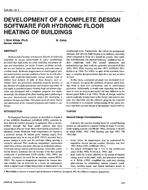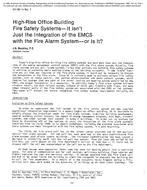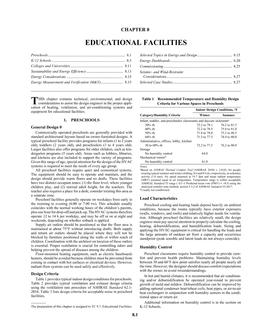Groundwater and deep lake water can potentially serve as a vast network of seasonal chilled thermal storage reservoirs. These reservoirs have been used as heat sinks and sources for water-to-air heat pumps and other types of chillers (Brown et al. 1988. Radkliffe and Schabel 1986. Kavanaugh 1987). On a more limited basis, these reservoirs have been directly used as a source of chilled water (Tomlinson and Kannburg 1990. Brett and Schaetzle 1984. Kavanaugh 1990). These studies have shown that precooling or total cooling of building return air with water can substantially reduce cooling energy use even in southern climates. A variety of schemes, both open and closed loops, can be incorporated to link reservoirs to traditional building air-and-water or all water equipment. Precooling and direct cooling can also be incorporated into water-loop heat pump systems that have a core cooling load during the heating season. Presents a general approach for sizing the direct-cooling and precooling water-to-air (hydronic) coils. Secondly, covers possible methods of integrating the coils with water-to-air heat pumps for both cooling and heating. Finally, presents a method of estimating the heat transfer in the piping between the reservoirs and the building (Kavanaugh 1991).
KEYWORDS: precooling, direct cooling, cooler batteries, heat pumps, water air heat pumps, heating, calculating, heat flow, pipes, lakes, water heat pumps, ground water, reservoirs, heat sinks, cold sources, seasonal heat storage, chillers, energy conservation, buildings, sizing, water air heat exchangers
Citation: ASHRAE Trans. 1992, vol.98, Part 1, Paper number AN-92-11-1, 1003-1008, 4 figs., 3 tabs., refs.
Product Details
- Published:
- 1992
- File Size:
- 1 file , 750 KB
- Product Code(s):
- D-18047


